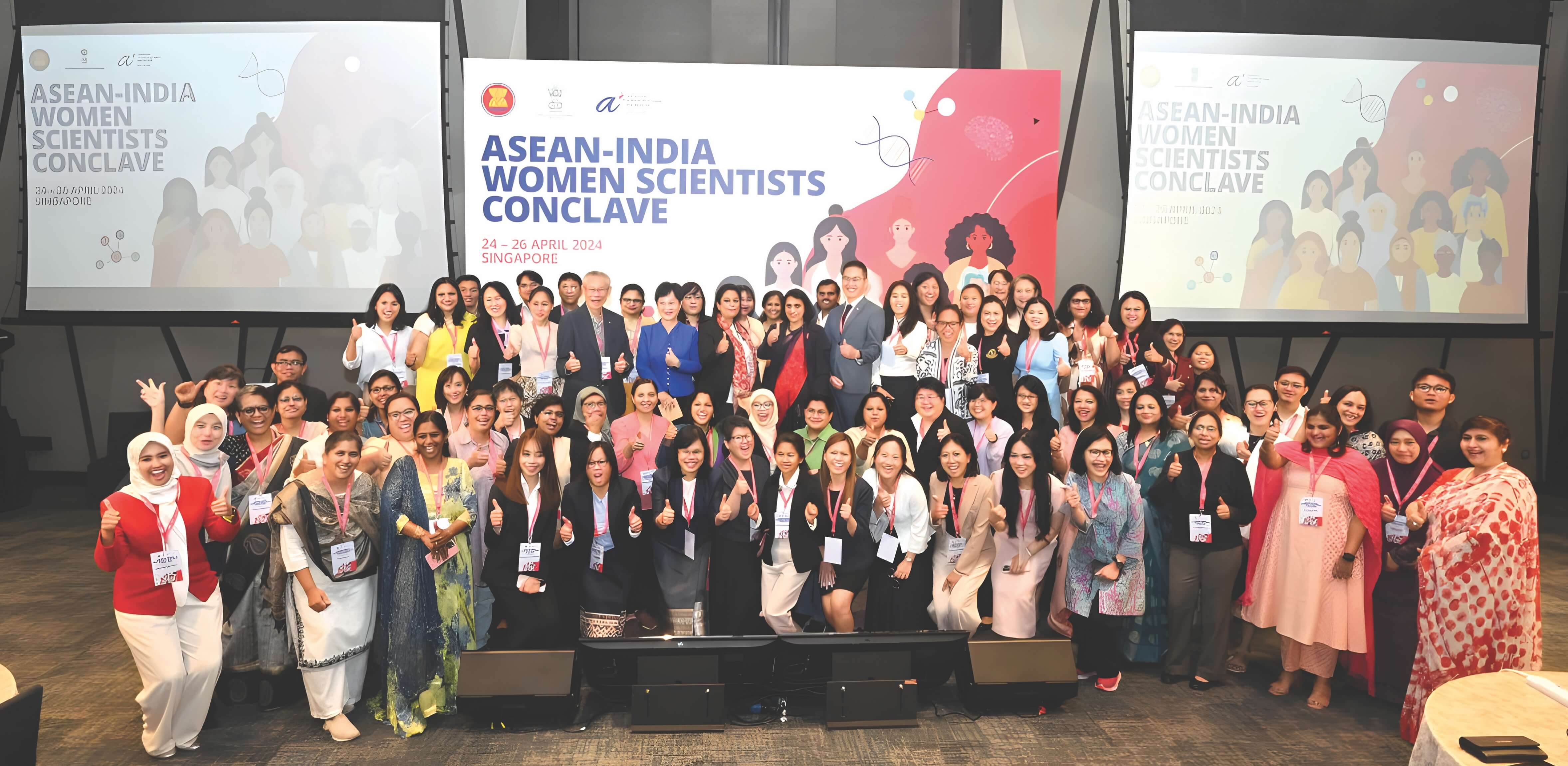



Minister A. Halim Iskandar shares his views on how implementing the UN Smart Village Approach in Indonesia will propel rural development, and help the country meet its Sustainable Development Goals (SDGs).
The 2030 Agenda for Sustainable Development, adopted by all the members of the United Nations in 2015, include 17 Sustainable Development Goals (SDGs) that focus on improving the quality of life for all. The SDGs and their targets acknowledge that the eradication of poverty and other deficiencies must align with strategies to improve health and education, reduce inequality, and drive economic growth. As a member of the United Nations,, Indonesia is committed to meet the SDGs 2030 global target.
According to the 2019 World Bank report, almost half of Indonesia’s total population of 267.7 million reside in the rural areas. The country’s rural population is spread over 74,953 villages, based on data from the Indonesian Ministry of Villages, Development of d Regions, and Transmigration (Kemendesa, 2019). The World Health Organization (WHO) noted that poverty is mainly concentrated in rural areas.
Current statistics emphasise that revitalizing rural communities is critical to meeting the SDGs. This can be done through digital transformation. However, the low or limited availability of some essential elements, such as high cost of installation of information and communication technology (ICT) infrastructure; lack of internet connectivity and access to electricity; deficiency in digital skills, and illiteracy are the main challenges to developing rural areas. A smarter approach to managing the complexities, reducing expenses, increasing efficiency, and improving the quality of life in rural area as well as reducing the urbanization wave is needed. Hence, the implementation of smart village approach as recommended by the UN seems to be promising.
Smart Village Concept: Localizing the SDGs to the villages
Smart village is a comprehensive, cost-efficient, collaborative, and sustainable approach that is designed in order to accelerate the real impact of SDGs for people in rural villages through an integrated development and technology platform model. It is founded on a strong commitment of the Government of Indonesia and The International Telecommunication Union (ITU) to improve people’s lives through innovation and the utilization of ICT solutions and implementations in areas of access to e-health and other basic services, innovative solutions for environmental concerns, e-literacy skills, circular economy application to agricultural waste, smart specialization agro-food projects, tourism and cultural activities, promotion of local products, and others. The concept of Smart Villages does not propose a one-size-fits-all solution. The smart village strategies respond to the challenges and needs of their territory by building on their local strengths and assets. Technology must act as tools of development, bringing education and local business opportunities to rural areas, improving the health and welfare of villagers, as well as increasing their democratic involvement towards a better quality of life. Through this model, governments can aim at increasing the efficiency, security and effectiveness of public services while reducing their cost, promoting transparency and good governance, enhancing traceability of transactions, and data exchanges, among others.
In general, the smart village approach aims to ensure that: “i) rural dwellers have access to network infrastructure via connected devices; ii) citizens can access impactful and transformational SDG-related digital services, as they need them, on time, anywhere and all the time; iii) services are customized for the specific SDG needs of citizens; iv) integrated SDG-related services are continuously improving and adapting to changes; and v) partner organizations involved are continuously learning and adapting their services.” Based on the experience from many other developmental projects, the experience so far of Indonesia, and the contributions from many experts and agencies, the Smart Villages approach stands as a promising solution to the barriers that have, to date, impeded the implementation and the scale-up of initiatives for ICT-enabled rural development.
Why a “Smart” Approach?
The ITU argues that traditional approaches have failed to manage complexities in rural areas and therefore, a smarter approach is urgently needed. The ITU also believes that exploring the potential to catalyse social and economic change in rural villages through inclusive digital transformation can help as a crucial enabler for rural development and potentially reduce rural-urban migration and rural poverty. Inclusive digital transformation refers to utilisation of digital technology to support social change that has a beneficial impact on society.
Village Fund and Smart Village Implementation
For the past five years, the Indonesian Government has disbursed more than 329.65 trillion Indonesian rupiah or about 22.2 million USD dollars to support rural development through village funds. The disbursement is based on a 2014 law that stipulates assistance for village-level administrations to finance development; strengthen community empowerment; launch other social activities to improve social welfare services; and support a more equitable local economy. The law grants autonomy for villagers to determine the use of the funding to realize plans for modernisation that are specific to the needs of their communities and territories. . However, so far, the village fund is still largely used for infrastructure development.
The implementation of the village fund scheme from 2014 to 2019 has achieved considerable successes. As early as 2018, data from the National Statistics Agency show that village open unemployment rates declined 1.21 per cent from 3.72 per cent and that there was an increase in employment opportunities. The number of self-reliant villages has doubled, from 2,894 villages to 5,559 villages; the number of underdeveloped villages has decreased by 30 per cent; and consequently contributed 0.49 per cent to the national GDP. This amount was enough to provide a significant impact on the national economy, by improving the quality and employment, increasing sectoral productivity, increasing public funding and controlling inflation at the village level.. These developments have contributed to the enormous gains in poverty reduction in Indonesia, cutting the poverty rate by more than half since 1999 to 9.4 per cent in 2019 (World Bank, 2019a).
Reflecting on the program’s achievements, the Kemendesa targets, for 2020-2024,to revitalise over 10,000 underdeveloped villages, transmigration, priority rural and disadvantaged areas.
In order to achieve that, Kemendesa set some smart strategies to be carried out, in line with the SDGs target. These target are to increase connectivity between rural and urban areas by improving road infrastructure, transportation, and access to e-commerce telematics; boost post-harvest agricultural commodities, by integrating farming-processing-and marketing, to increase villagers’ productivity and income;; organise communities in the BUMDesa, and collaborate with relevant stakeholders; upgrade human development through skills training or non-formal education, the use of digital platforms for e-learning, as well as certification of rural labor competencies; strengthen rural tourism by developing creative business as a base for village tourism, training, and digital platform support; rural digitalization with the improvement of infrastructure for telematics in rural areas, integration of rural business with digital e-commerce platforms, e-aggregators, fintech, and commodity export applications, and integration of rural-regional-national data and information.
All these programmes and initiatives will be implemented under the six pillars of smart SDG village.
Six pillars of Smart SDG Village Development in Indonesia
As the main goal of a smart village is to provide its society with a comfortable and a happy life, the successful Smart Village programme implementation would be able to dramatically improve villagers’ quality of life and create a sustainable rural environment for good living. To achieve that, there are six essential pillars of a smart village, representing the “smartness” in rural development. All the pillars showed how the Ministry has tried to localize the SDGs down to the grassroots level of the rural community, as follows:

The Vision for the Future
Rural development is a challenge in every country. A smarter way to manage complexities, reduce expenses, increase efficiency, and improve quality of life in rural areas is urgently needed. The smart village concept optimizes the use of digital transformation to tackle various issues in rural areas so that services become more efficient and cost effective, making rural more liveable and sustainable. Therefore, there is a hope that the implementation of smart village programmes in Indonesia will accelerate the achievement of the SDG targets and help rural areas to develop and reduce poverty at the same time.








